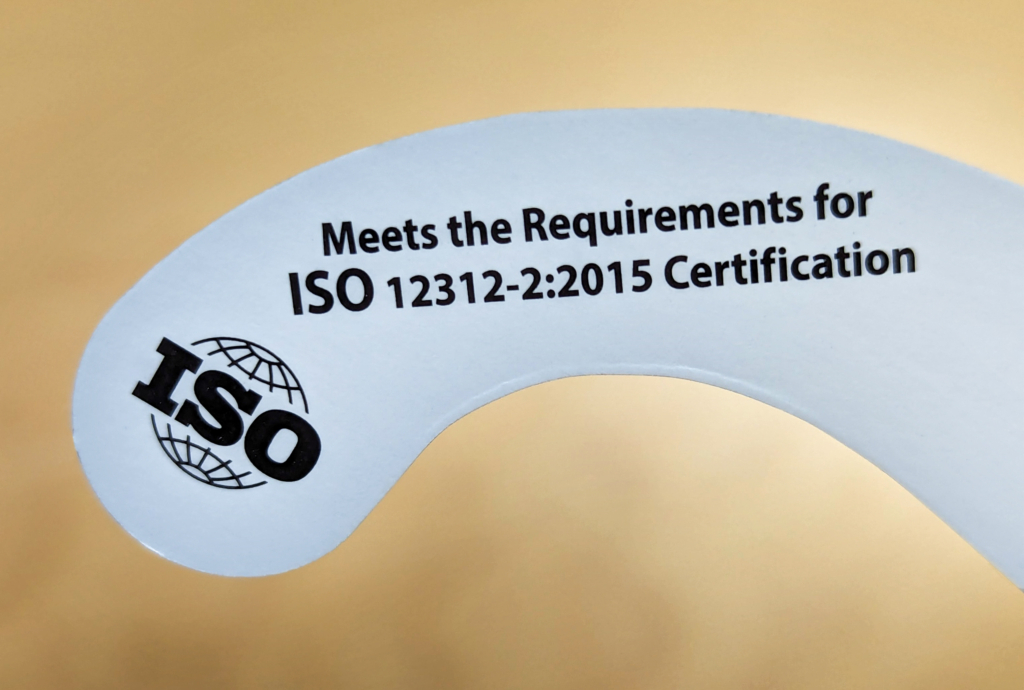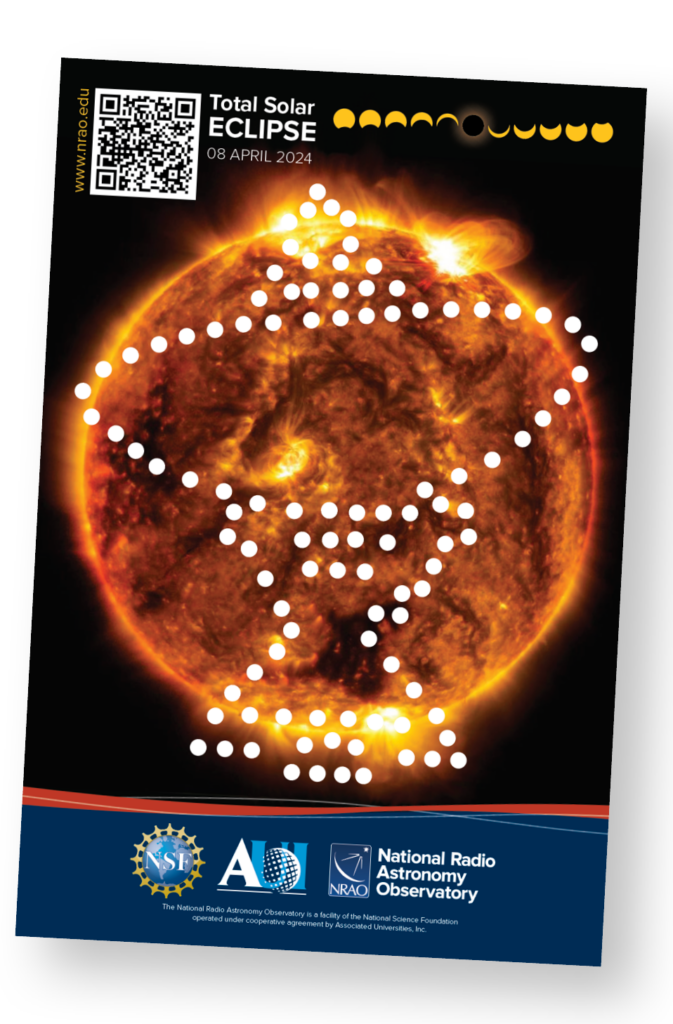Are you planning on viewing the solar eclipse on April 8, 2024? Please make sure you are doing so safely. Do not look directly at the sun unless you are using special-purpose solar filters. Below are a few ways you can safely observe the solar eclipse.
What is an Eclipse?
Visit our Eclipse Basics page to learn about the different types of Eclipses.
Solar Filters
The safest way to view a solar eclipse is to use special-purpose solar filters, like eclipse glasses or handheld solar viewers.
Remember the only safe time to look at the sun without solar filters is during the 2-4 minutes of total eclipse if you are at 100% totality. It is never safe to look at the sun without solar filters during any other phases of the eclipse, or if you are viewing a partial or annular eclipse.
Solar filters should have:
- An ISO 12312-2:2015 certification
- The manufacturer’s name and address printed somewhere on the product
Do not use solar filters that are:
- Missing ISO certification information
- Torn, scratched, or have wrinkled lenses
- Coming loose from their frames
- Made before 2015
Remember: Homemade filters or ordinary sunglasses, even very dark ones, are not safe for looking at the sun.

Pinhole Projectors
You can use a pinhole projector to safely view the eclipse without looking directly at the sun.
You can make your own or download and print ours.
If you have a Cricut Machine you can download several of our templates for free in the Cricut Design Space.
How does a pinhole projector work?
Light from the Sun travels through the small hole and reflects the image of the Sun on the screen, creating a safe way to look at the Sun, especially during a solar eclipse.
Are you in New Mexico and looking for eclipse glasses or pinhole projectors?

Ask an Astronomer
If you want to learn more about eclipses and the sun you can read several posts from our Ask an Astronomer page:
- Viewing the Sun with Welding Glasses
- Can the Northern Lights Be Observed During a Summertime Solar Eclipse
- Do Some Extrasolar Planets Orbit Around Stars in Such a Way That We Cannot See Them?
- How to Visualize the Solar System as the Earth Orbits the Sun
- The Relative Timing Between Solar and Lunar Eclipses
- Past and Future Solar Eclipses
- Solar Radio Telescope Design






